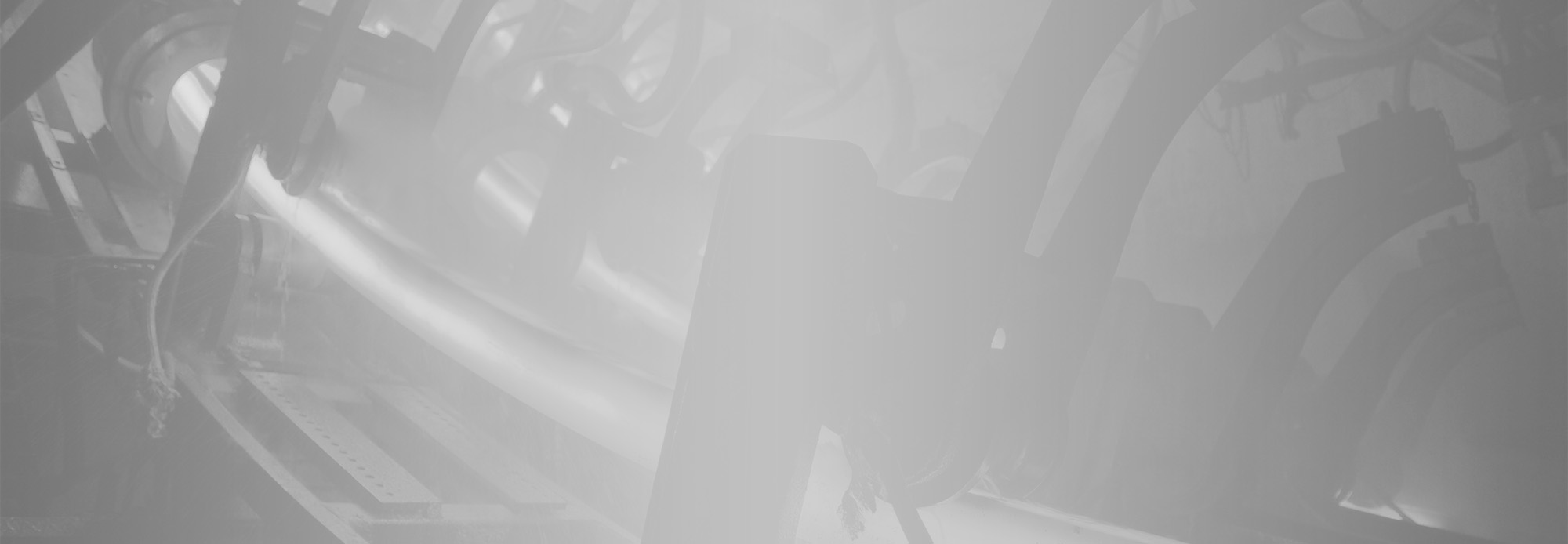Sep . 11, 2024 02:15 Back to list
Superior Oxidation Resistance Solutions for Enhanced Durability
Oxidation Resistance A Key Factor in Material Durability
Oxidation resistance is a crucial property in determining the longevity and reliability of materials, particularly metals and alloys. Oxidation occurs when a substance reacts with oxygen, leading to the formation of oxides. This chemical reaction can significantly deteriorate materials, causing them to lose their mechanical strength, aesthetic appeal, and functionality. As industries increasingly demand materials that can withstand harsh environments and prolonged usage, understanding and enhancing oxidation resistance has become paramount.
Metals are especially susceptible to oxidation due to their tendency to lose electrons, resulting in the formation of metal oxides. For example, iron tends to oxidize when exposed to moisture and oxygen, leading to rust, which severely compromises structural integrity. To combat this, various protective strategies have been developed, including alloying, coating, and surface treatments.
One common method to enhance oxidation resistance is through alloying. By adding other elements to a base metal, the oxidation properties can be improved. For instance, the addition of chromium to steel creates stainless steel, which exhibits significant resistance to corrosion and oxidation. The chromium forms a passive oxide layer on the surface, acting as a barrier that prevents further oxidation. Other alloying elements such as nickel, molybdenum, and titanium are also used to enhance the oxidation resistance of various metals, making them suitable for applications in high-temperature and corrosive environments.
oxidation resistance

Coatings provide another effective means of improving oxidation resistance. Protective coatings, such as paints, varnishes, or electroplated layers, can serve as a barrier between the substrate and the oxidizing environment. For example, aluminum coatings on steel not only prevent rust but also provide aesthetic benefits. Furthermore, advanced coatings with self-healing properties and resistance to high temperatures are being developed to offer long-lasting protection against oxidation.
Surface treatments, including anodizing, galvanizing, and heat treatments, can also enhance a material's oxidation resistance. Anodizing involves creating a thick oxide layer on aluminum, improving both its corrosion resistance and surface hardness. Galvanizing, which involves coating steel with a layer of zinc, provides corrosion protection by sacrificing the zinc layer in the presence of moisture and oxygen. Heat treatments can modify the microstructure of metals, making them less prone to oxidative damage.
In addition to traditional methods, research into new materials and technologies is ongoing. Nanotechnology, for instance, has opened up exciting possibilities for creating materials with exceptional oxidation resistance. By manipulating materials at the molecular level, researchers can develop innovative coatings and composites that outperform conventional options.
In conclusion, oxidation resistance is essential for ensuring the durability and longevity of materials used in various industries. Through strategies such as alloying, coating, and surface treatments, significant advancements have been made in enhancing this vital property. As technology evolves, continued research and innovation will likely yield even more effective solutions, allowing materials to withstand the challenges posed by oxidation and extend their service life in demanding environments. Understanding and improving oxidation resistance will ultimately contribute to more sustainable practices and a reduction in material waste in the long run.
-
High-Quality Fe-C Alloy Leading Manufacturers & Spherical Alloy Materials Supplier
NewsJun.10,2025
-
Premium Low Nitrogen Recarburiser Supplier & Manufacturer – High Quality Exporters
NewsJun.10,2025
-
DT4 High-Quality Magnetic Materials Leading DT4 Manufacturer & Supplier
NewsJun.10,2025
-
High-Performance Spring Steel Suppliers Custom Solutions
NewsJun.10,2025
-
Premium SWRCH6A Manufacturer Steel Wire Supplier & Factory
NewsJun.10,2025
-
Premium Mild Steel Wire Rod Supplier & Manufacturer
NewsJun.10,2025
